To close this series, a look at growth paths and alternative weapons.
Growth Paths and Alternative Weapons
Growth Paths
One of the original requirements was that the complex weapons must be in service, for the UK, that meant NSM and GMLRS.
But whilst NSM does not seem to have much publicly available information on future growth, the MLRS Family of Munitions (MFOM) certainly does.
The basic GMLRS has an alternative warhead option to restore area effects lost with the withdrawal of submunitions.
Although the UK does not have in service the Orbital ATK GMLRS-AW (M30E1) Milestone C warhead, in theory, it should be a relatively simple drop-in for the unitary variant as the rocket motor and guidance system are common to both.
Instead of the unitary warhead, the AW carries 160,000 preformed tungsten fragments.
The GMLRS ER (Guided Multiple Launch Rocket System Extended Range) is an advanced version of the GMLRS rocket, designed to increase the range capabilities of the M270 Multiple Launch Rocket System (MLRS) and M142 High Mobility Artillery Rocket System (HIMARS).
Significantly extending reach beyond the standard GMLRS, GMLRS-ER has an operational range up to 150 km (approximately 93 miles), compared to the original 70 km.
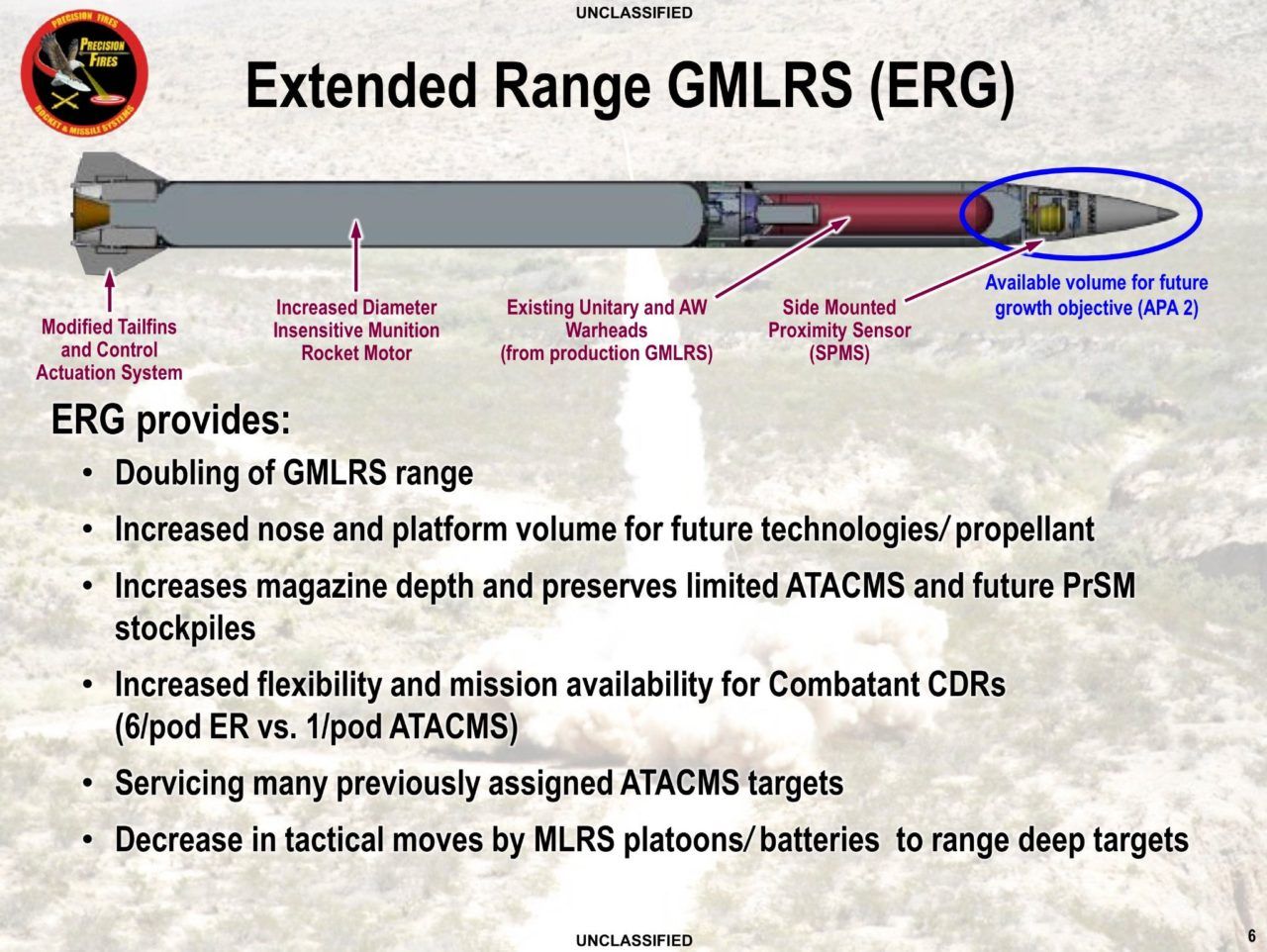
The minimum range is 10-15 km, and it will use the same unitary warhead as the existing M31
GMLRS-ER can also use the Alternative Warhead.
Beyond that, the Precision Strike Missile (PrSM) is a next-generation, long-range, surface-to-surface ballistic missile developed by Lockheed Martin for the U.S. Army to replace the MGM-140 ATACMS.
It was designed to enhance precision strike capabilities, doubling the number of missiles per launch pod compared to ATACMS, thus increasing the firepower from existing M270 MLRS and M142 HIMARS launchers.
A single pod can have two PrSM
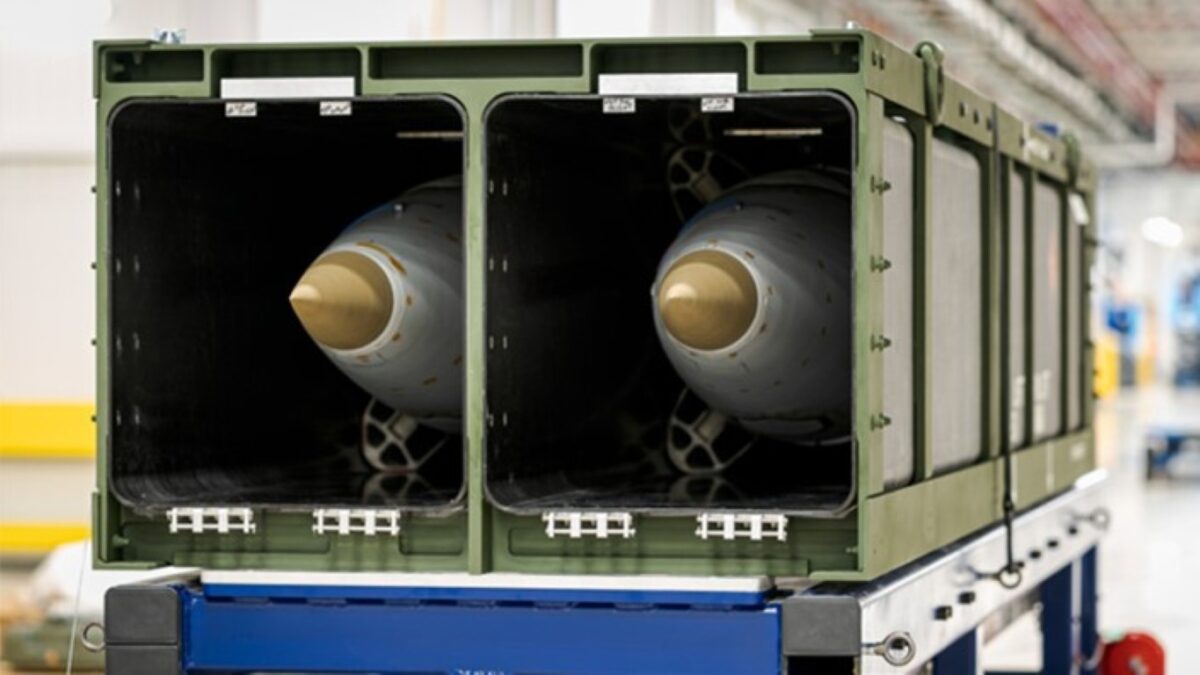
Increment 1 focuses on stationary land targets, while Increment 2 (Land-Based Anti-Ship Missile) targets moving maritime threats.
Plans include Increment 3 with sensor-fuzed submunitions for targeting multiple threats and Increment 4, which focuses on significantly extending range, potentially up to 1,000 km, with new propulsion systems.
Back to the UK, Land Precision Strike is in the concept stage.
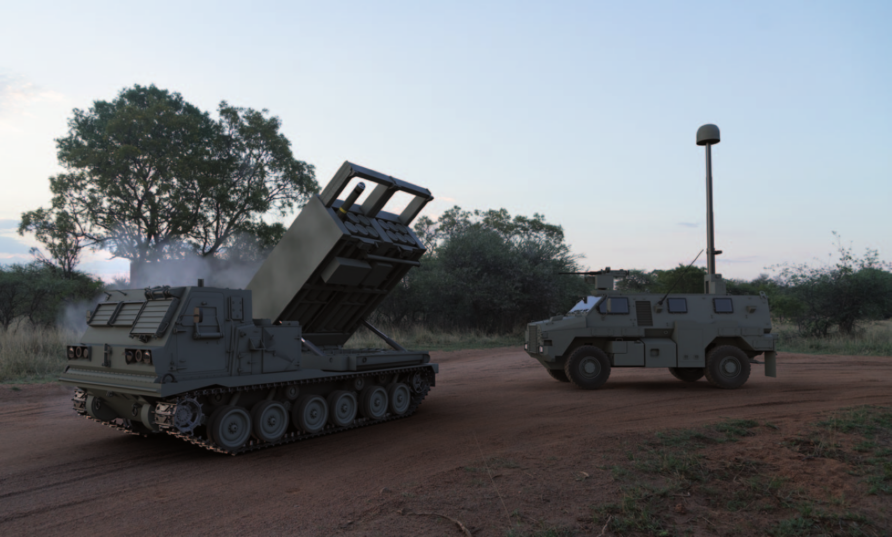
Lockheed Martin UK and Thales are also developing a payload concept, using Outrider as the base air vehicle for a rocket deployed system, the Dispensing Rocket Payload Demonstrator.
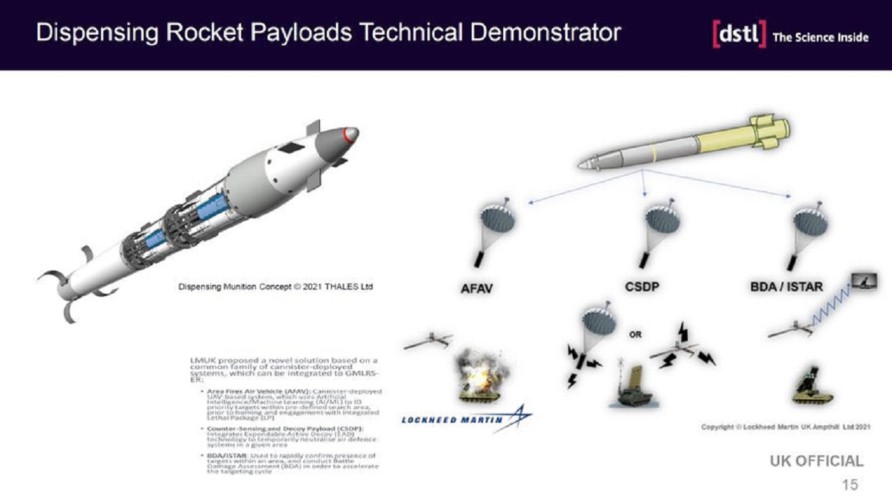
There are three variants, an armed version, an electronic decoy, and finally, a plain old ISTAR version.
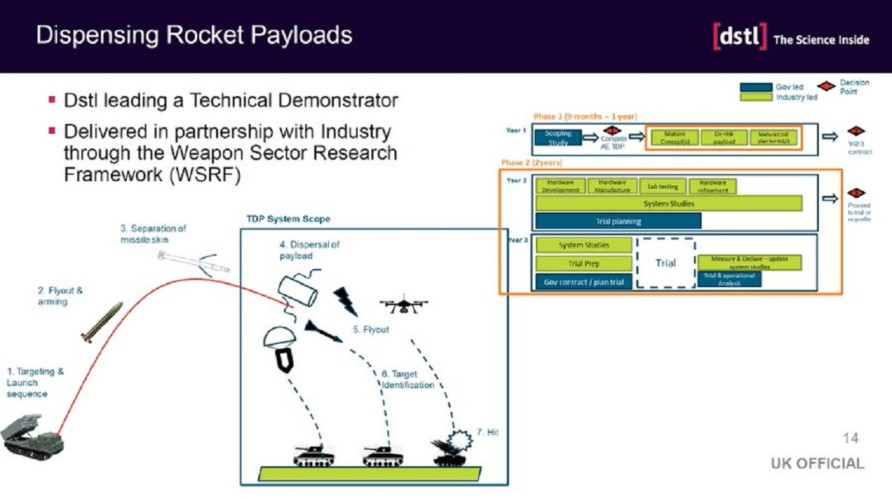
Germany is also looking at pod launched cruise missiles.
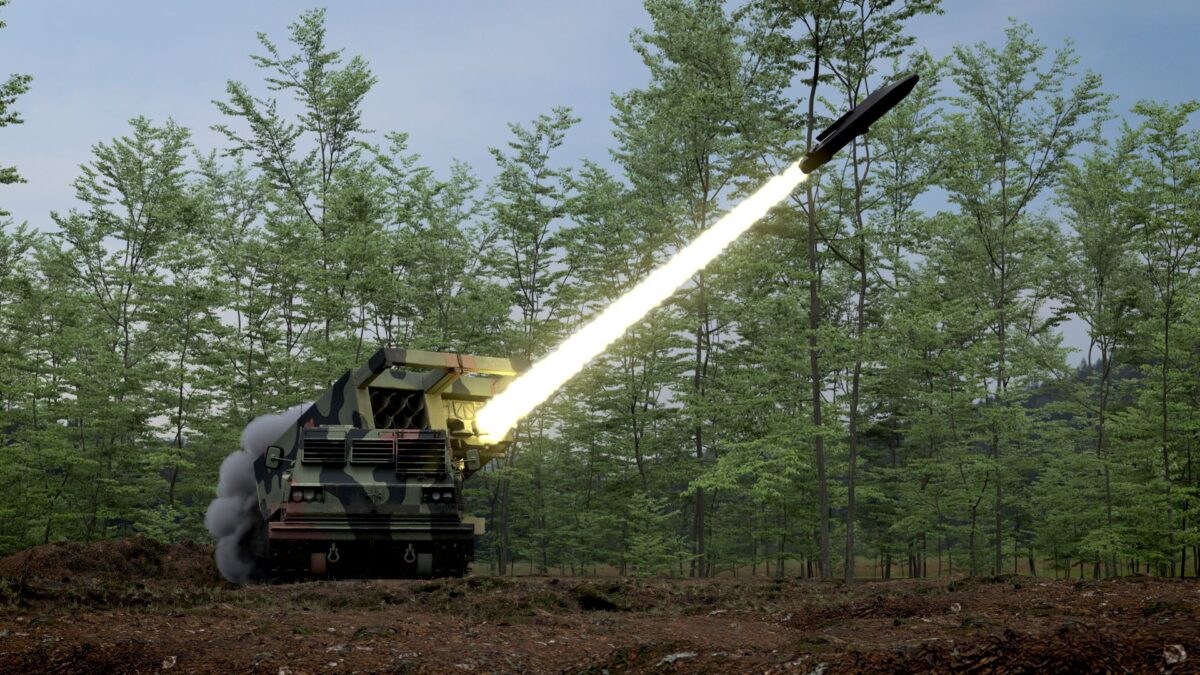
We are not short of growth options.
Alternative Weapons
Although FC/ASW does not appear to have any surface launch options currently, it might be feasible.
Since we have replaced the helicopter deployable Rapier FSC
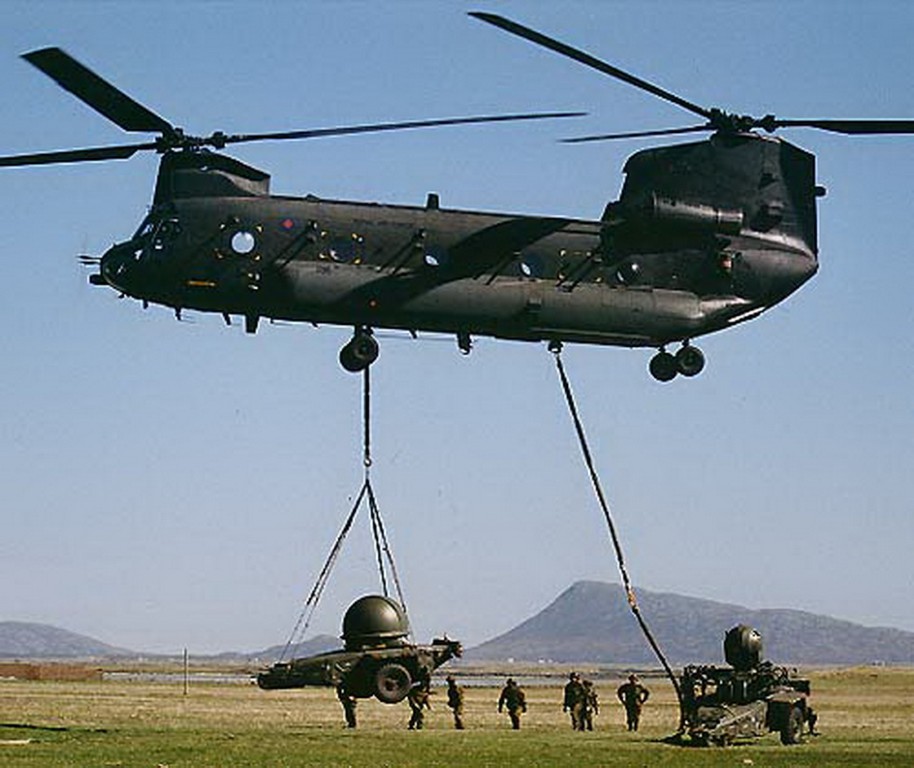
With CAMM and Sky Sabre, we have lost some of that air mobility.
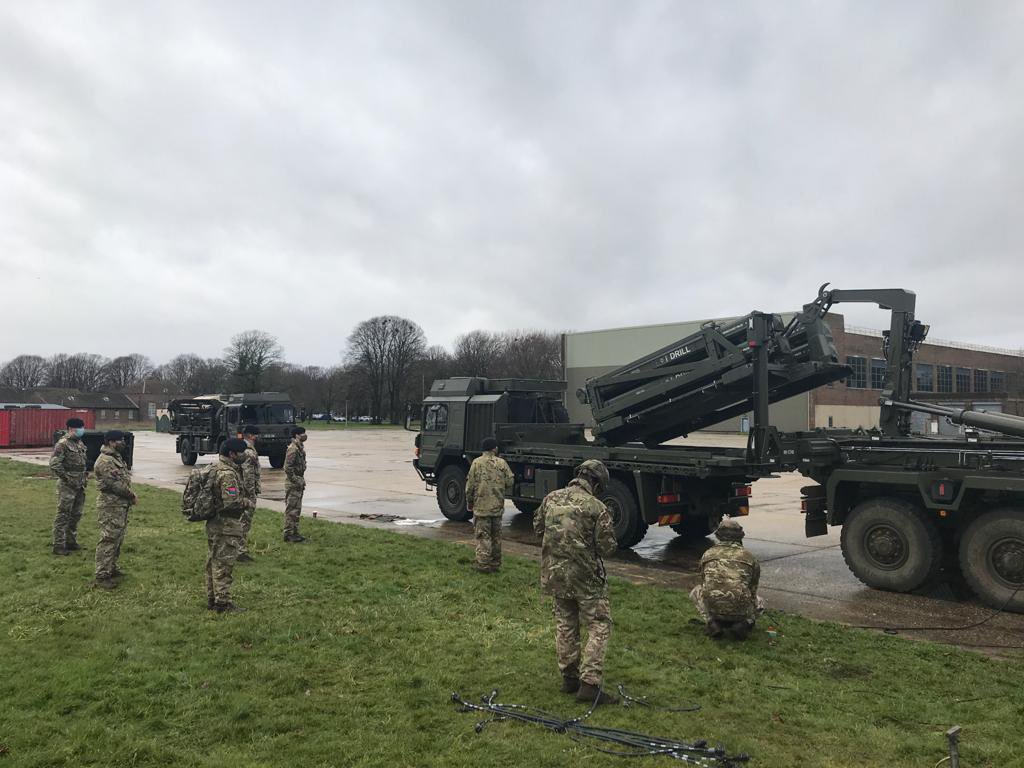
As we have seen with ASRAAM on a Supacat in Ukraine, and Project Grayhawk, improving deployability is possible.
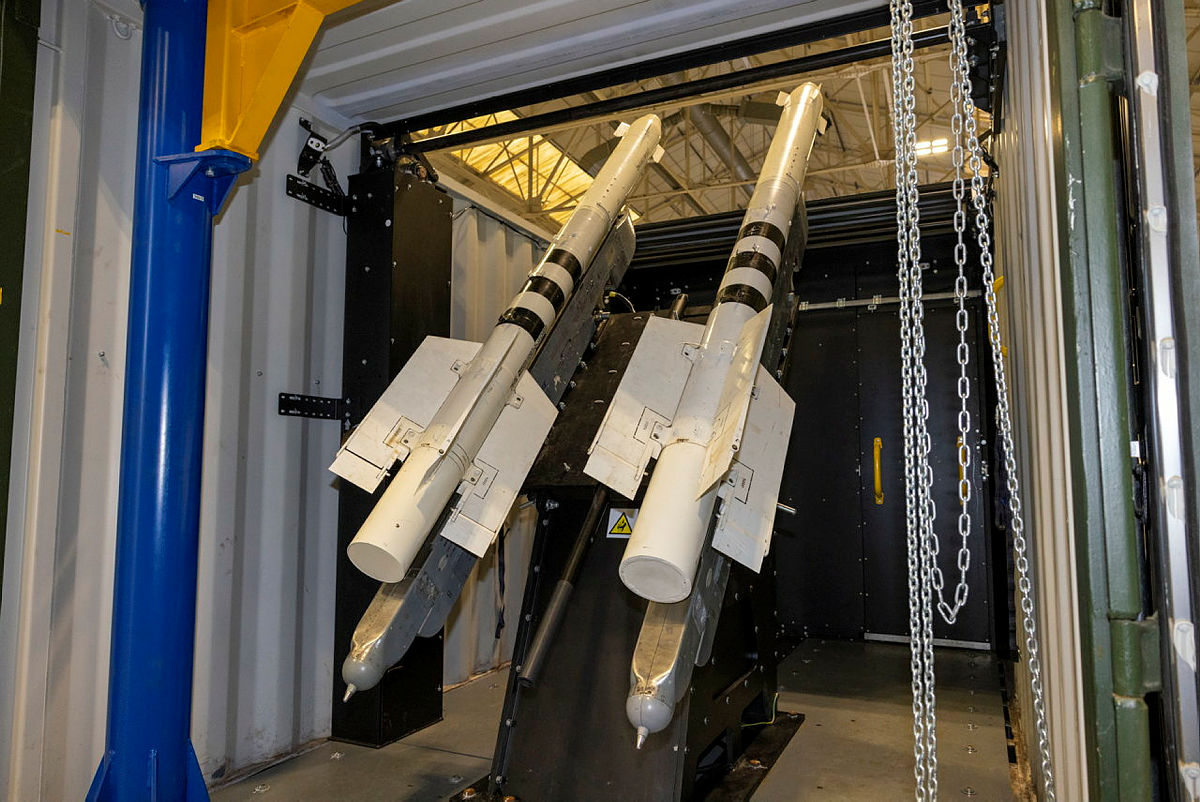
Would it be possible to utilise the trailer approach for a pair of CAMM pods and put a Giraffe 1x in the vehicle group?
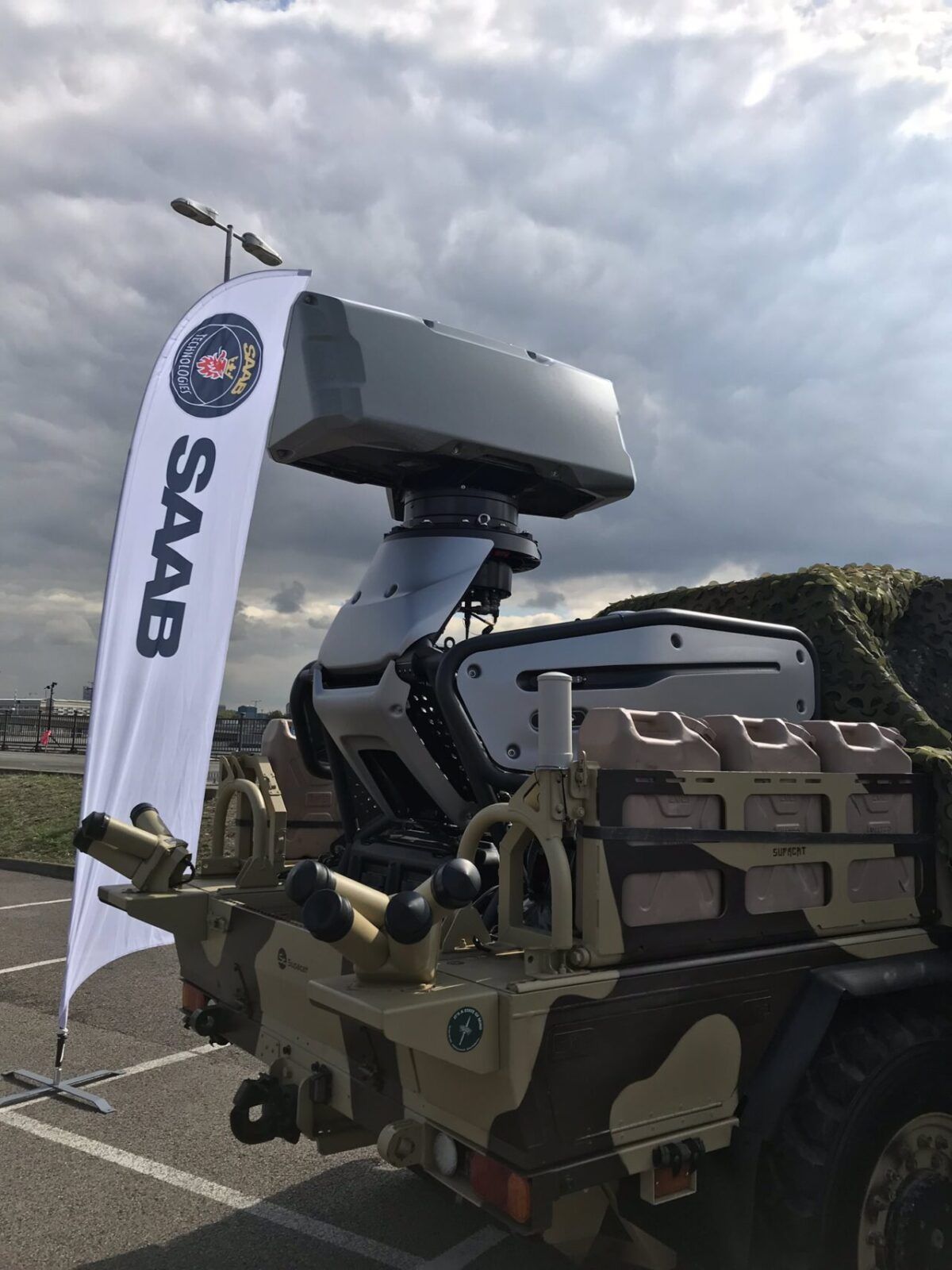
Ultralight and Ultra-Heavy
The reason a GMLRS pod is 2.2 tonnes is that it contains six missiles.
At 300 kg and over 3m long, even a single GMLRS type rocket would not be a difficult manual lift, but it is not beyond the capacity of lightweight vehicle mounted loader cranes, even manual ones.
If we take the same approach as in the previous posts, but with individual or pairs of GMLRS, we bring into viability everything from a Wildcat helicopter to a quad ATV.
Even a Royal Marines MRZR.
Go the other way, and it might be possible to just not worry about air mobility, or at least those aircraft in my list, and put more than one on a flat rack.
Project 688 is a developmental effort for the Palletized Field Artillery Launcher. Palletized Field Artillery Launcher (PFAL) is a palletized erectable, MLRS-similar, launcher capable of firing the Multiple Launched Rocket System (MLRS) Family of Munitions (MFOM), to include the Extended Range (ER) Guided Multiple Launch Rocket System (GMLRS), the Army Tactical Missile System (ATACMS), and the Precision Strike Missile (PrSM).
These munitions are capable of engaging targets with precision at ranges in excess of 400 kilometers. Palletized Field Artillery Launcher provides alternatives to deliver near-term innovative long-range strike capabilities to Combatant Commanders. This effort will design, develop, and deploy a safe and effective launcher system and integrate multiple sub-systems, including an erectable palletized MLRS launcher, a Fire Control System (FCS), a communications system, and a Power Management System in a continuous user evaluation with Soldiers.
Although I am not sure if the image below is a direct output from PFAL, it is in the same ballpark.
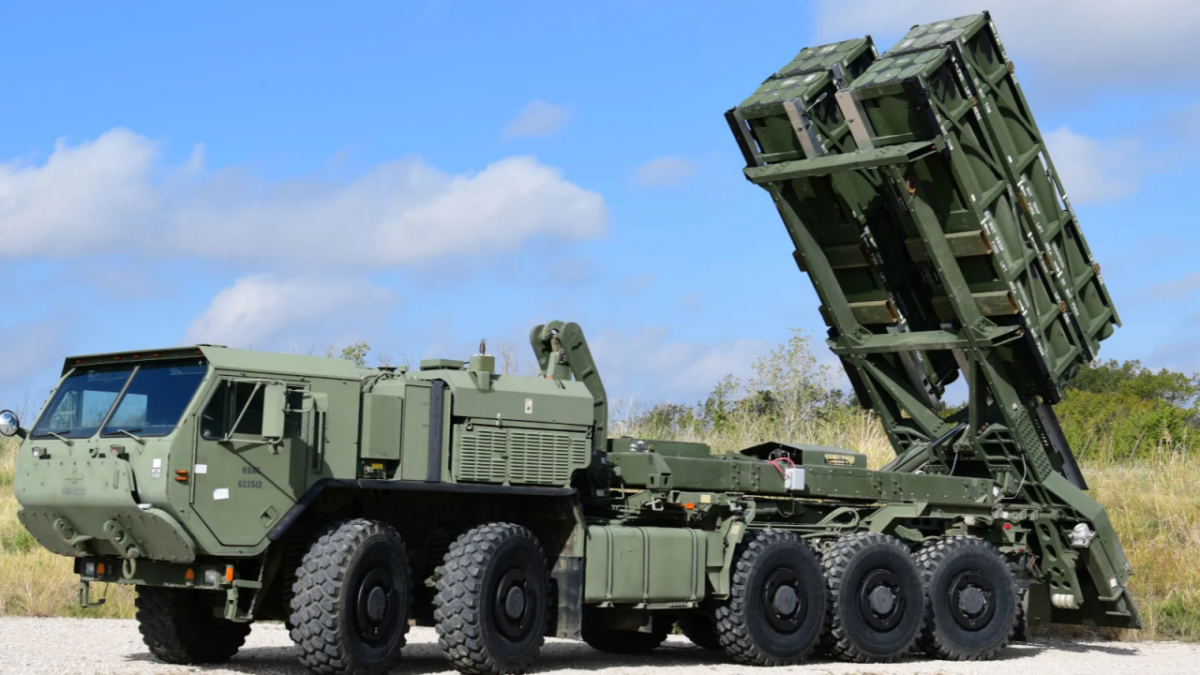
With a set of basic buildings blocks, going ultra-light or ultra-heavy is an opportunity.
Summary
No one has a requirement for this.
Whether the disaggregated fire control approach is viable is another unknown.
I suppose the final question is a simple one, do the benefits of increased mobility for these possible outweigh the cost of developing and bringing them into service, and maintaining them there.
To prompt further discussion, the image below shows range circles at 185 km, representing NSM.
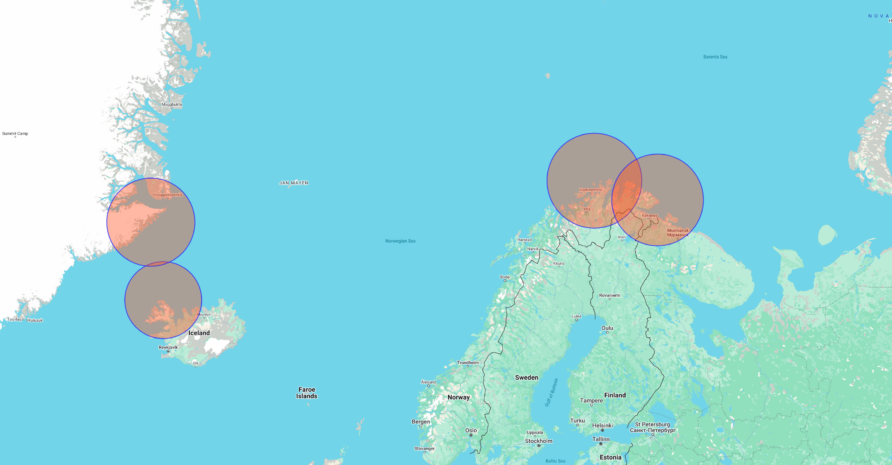
The three images below show range circles at 70k m, 150 km, and 500 km, representing GMLRS, GMLRS-ER, and PrSM.
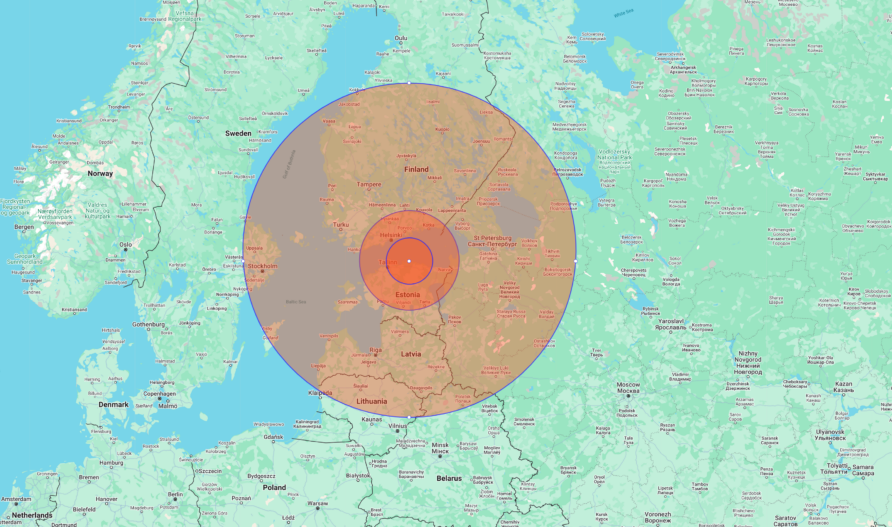
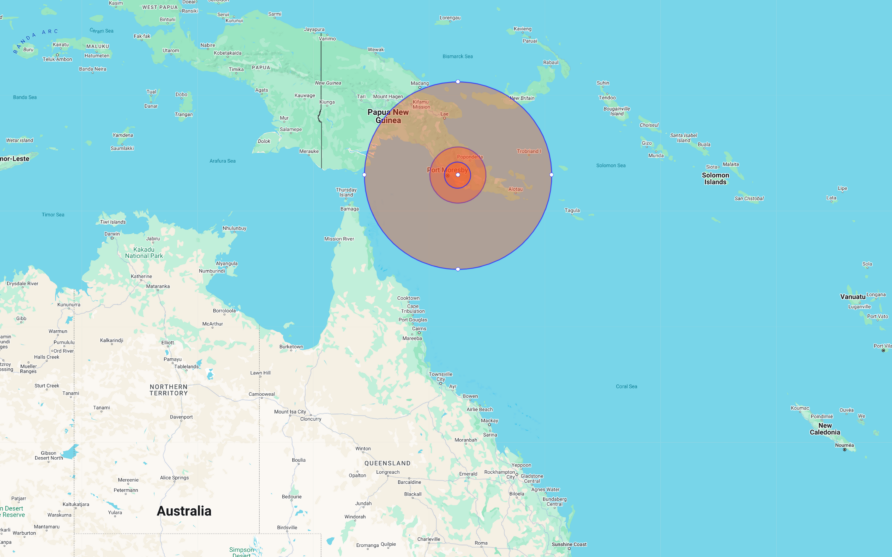
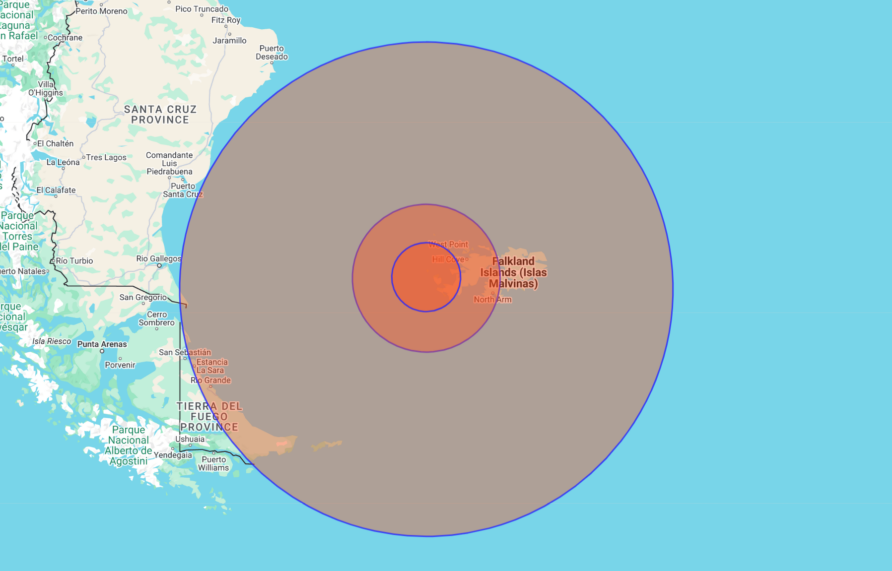
I am sure we could all think of scenarios that 1) would benefit from the weapons, and for this, 2) benefit from the speed, reach, and access from the sea of going lightweight.

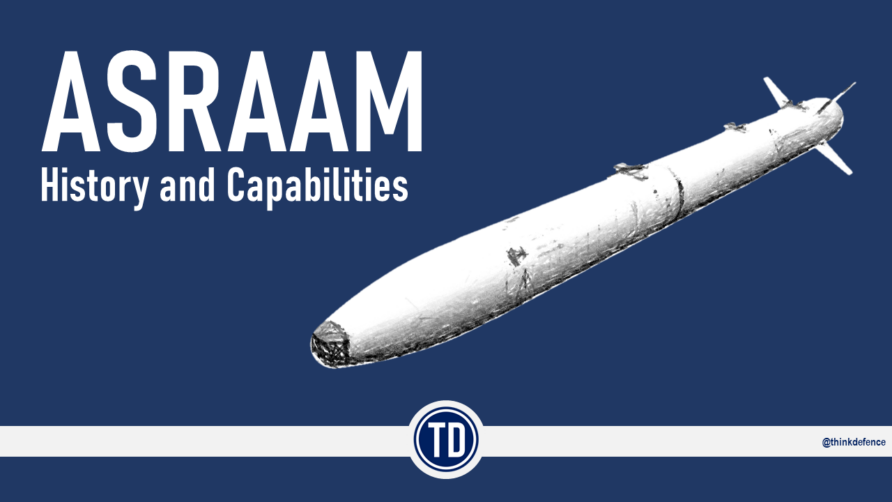
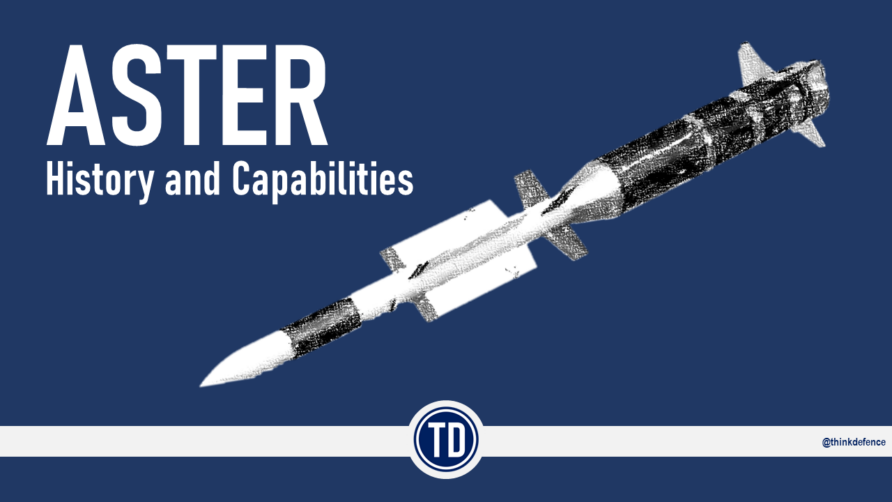
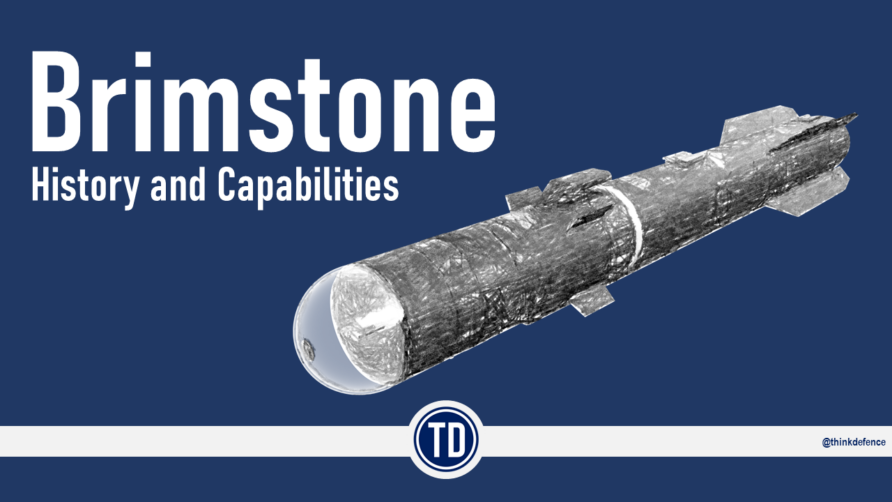
Hi TD, this has been a really great series. But I think the same approach of simplicity, ease of purchase and transportability isn't just limited to GMLRS. It would be fabulous if you did something similar for air defence off the back of ASRAAM, Gravehawk and Giraffe 1X.
You might not be able to achieve the same mobility standards, but it would be interesting to see how far modern sensor systems and weapons can be miniaturised.
BTW I've mentioned this before, but the Land Precision Strike article needs updating with the new "mini Tomahawk" concept models from MBDA, based off SPEAR.
LPS is on the to do list :)